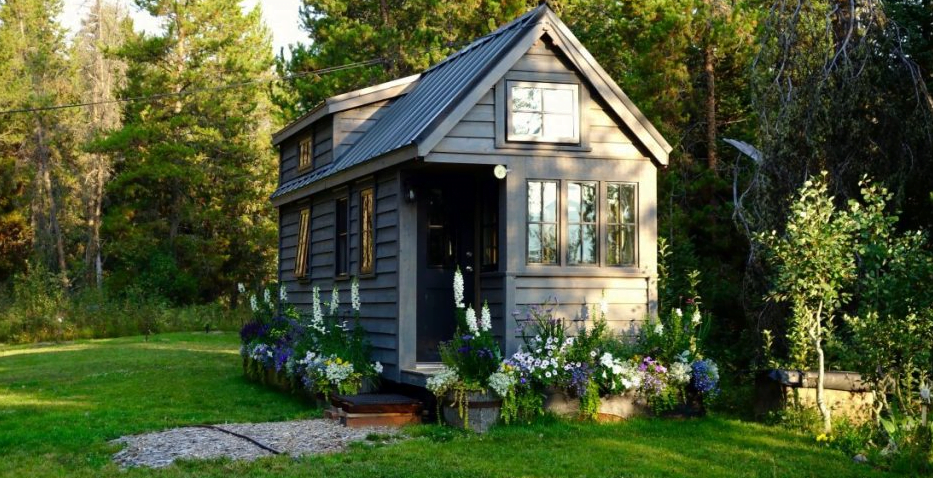
Tiny homes are an increasingly popular housing option. The appeal of living in a small space is undeniable, but financing a tiny home can be complicated. Associates Home Loan is here to discuss what you need to know about financing your tiny home dream.
Traditional Mortgage Loans
The first option for financing a tiny home is a traditional mortgage loan. Most lenders will not finance homes under 400 square feet, so if you’re building a tiny home, it’s important to look for lenders specializing in small mortgages. Finding a lender willing to finance your tiny home may be more challenging, but it isn’t impossible. You may also have to pay higher interest rates or higher down payments than you would with a larger mortgage loan.
This type of loan works similarly to any other mortgage loan; you will make monthly payments until the loan is paid off. However, if your tiny house isn’t classified as real estate, you may have difficulty finding a lender willing to finance it this way.
Personal Loan or Credit Card
Another financing option for your tiny home is to take out a personal loan or use a credit card with 0% interest for an introductory period. This allows you to avoid taking out a larger mortgage loan and paying higher interest rates. This also has the added benefit of allowing you to pay off the balance in full before regular interest kicks in if you plan and budget accordingly. It’s important to remember that this type of financing will likely require collateral, such as another piece of property or vehicle, depending on the lender and their requirements.
Owner Financing
A third option is owner financing, where the seller finances all or part of the purchase themselves instead of going through a bank or other traditional lender. This can be beneficial because it allows buyers and sellers to negotiate terms that work best for both parties involved—including lower down payments and flexible payment plans tailored specifically for each situation—without having to worry about qualifying for traditional loans from banks or other financial institutions.
Additionally, since there’s no middleman involved (like banks), sellers can often receive their money faster when using owner financing options than they would from bank loans which can take weeks or even months before being approved and processed.
Seller Financing
If you’re buying an existing tiny home from another owner, they may be open to seller financing. In this arrangement, the seller agrees to accept payments over time instead of receiving one lump sum at closing; this can often be an attractive option for buyers with limited funds or bad credit who would not qualify for traditional financing. Keep in mind that seller financing usually requires both parties to sign an agreement that outlines repayment terms and interest rates; it’s always best to consult with an attorney before entering into any such agreement.
Crowdfunding
In some cases, crowdfunding can be used as an alternative method of financing a tiny home purchase. Crowdfunding is when people donate money online in small increments towards your goal (in this case, your goal is purchasing your own tiny home). You’ll need to set up an online profile where people can learn more about your project and why they should contribute—and then promote it heavily via social media and other outlets to gain traction! This method may take longer than other methods but can still be successful.
Conclusion
Associates Home Loan understands that financing your tiny home is possible—it just takes research and creativity. Traditional mortgage loans are one route but may not always be available due to size restrictions imposed by lenders. If those are available, taking out personal loans or using credit cards with 0% introductory offers may be better options. Finally, owner financing may also be an option depending on your situation and who you are buying from. Regardless of which route you choose, make sure that you do your research so that you don’t end up overpaying on interest rates and fees associated with the loan.

